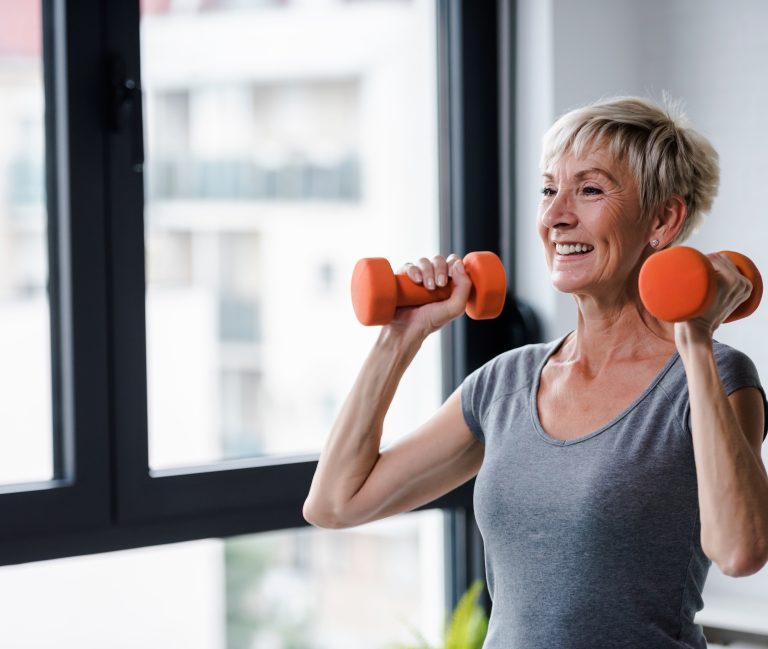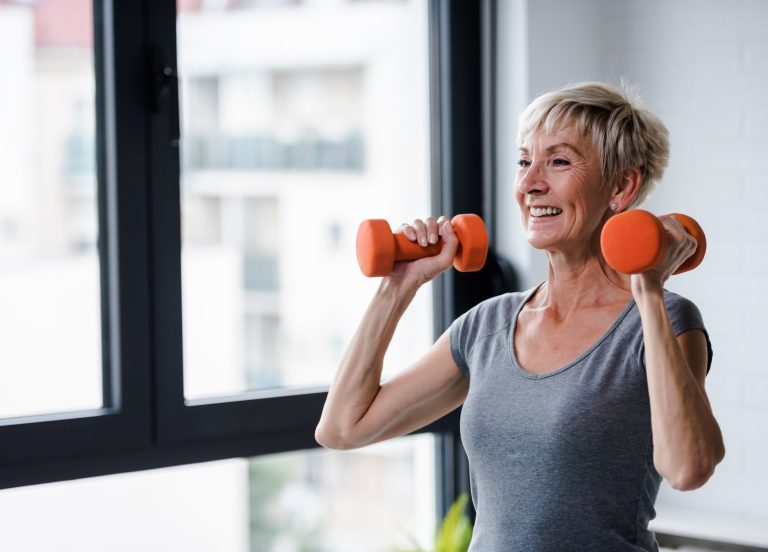Understanding Pain – part 3: why load is good
The majority of patients I see in clinic have non-specific pain, that is, it cannot be attributed to a specific pathology like a fracture, tear, or sprain. Nevertheless, the pain alarm has been triggered indicating that action needs to be taken.
It can feel like a joint is out of place, but we know that most joints don’t go out of place unless there is significant trauma. It’s more accurate to think of the body in its current state as being unable to find a solution to performing a particular movement.
The purpose of what I do as an osteopath/movement therapist is to enable the body to find a solution by giving it more movement options; to allow it to take another path; a path that doesn’t keep using the same fatigued, sensitised, and sometimes degenerate tissue.
A way of making that process more effective is to work with the body upright and moving, and, provided the area in question isn’t too painful, to start applying load (resistance) to the painful area at an early stage.
Load could mean use of a weight or resistance band, but could equally be a step, lunge, jump, squat (lower body) or a push-up (upper body), which make use of gravity and ground reaction force acting on the mass of the body.
What does load do? In a nutshell it accelerates an adaptive process within the body. What do I mean by adaptive process?
In simple terms, I mean tissues like muscles and tendon become stronger; new healthy tissue gets laid down around the damaged or degenerate tissue.
Our nervous system adapts and learns to coordinate movements differently, and with greater speed and efficiency.
But there is a further benefit. You are able to lift weight or bend with weights. You might still experience a little pain, perhaps no pain. You don’t just feel stronger physically, you feel stronger mentally. You have less of a sense of vulnerability, less fear, less need for your protective mechanism.
You have less pain!






